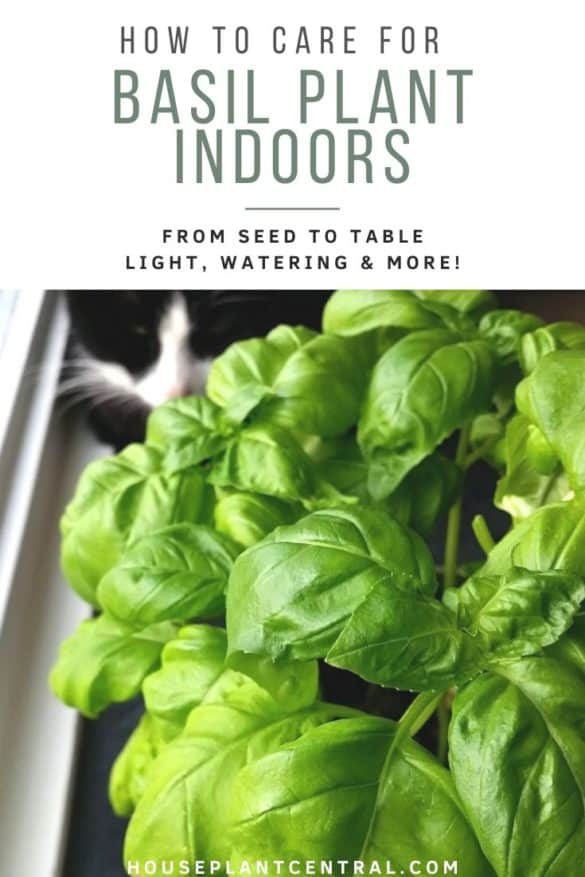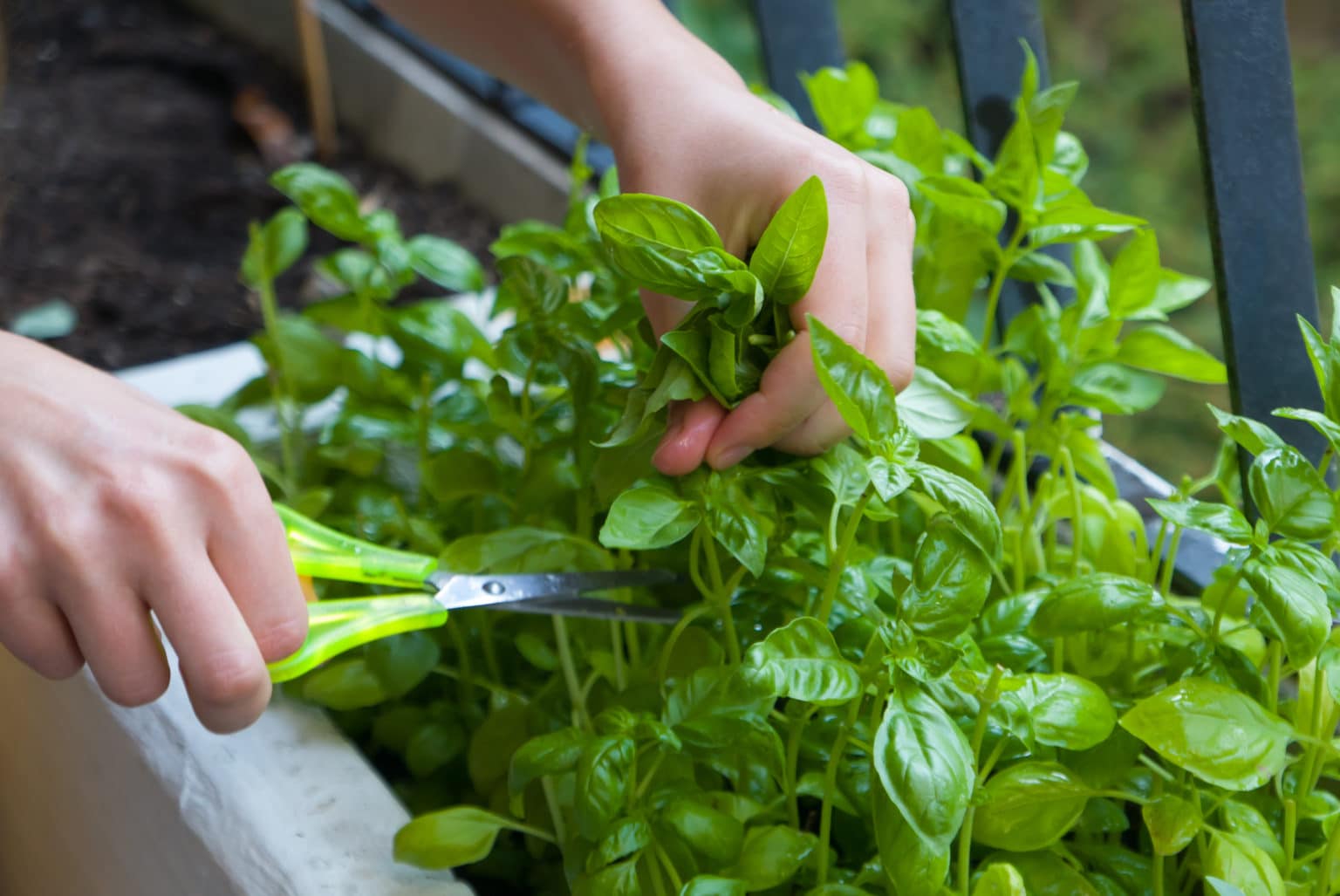Choosing the Right Pot for Your Basil Plant
When learning how to plant a basil plant in a pot, selecting the right container is a crucial step. A pot that provides good drainage and aeration for the basil plant’s roots is essential for healthy growth. Without proper drainage, the roots can become waterlogged, leading to root rot and other problems. To choose the right pot, consider the material, size, and shape. Terra cotta pots, for example, are a popular choice for basil plants because they allow for good airflow and drainage. Plastic pots, on the other hand, can retain too much water and may not provide adequate aeration. When it comes to size, a pot that is at least 6-8 inches deep and has a diameter of 8-10 inches is ideal for growing basil. This size pot will provide enough room for the roots to grow and will also allow for good air circulation. Finally, consider the shape of the pot. A pot with a wide mouth will make it easier to plant and harvest your basil, while a pot with a narrow mouth may make it more difficult to access the roots. By choosing the right pot, you’ll be well on your way to successfully growing basil in a pot.
Preparing the Soil for Your Basil Plant
When learning how to plant a basil plant in a pot, preparing the soil is a crucial step. A well-draining potting mix specifically designed for herbs is essential for healthy growth. Avoid using regular potting soil, as it can retain too much water and cause root rot. Instead, opt for a mix that contains ingredients like perlite, vermiculite, or sand, which improve drainage and aeration. The ideal pH level for basil is between 6.0 and 7.0, so choose a potting mix that falls within this range. Additionally, consider a mix that is rich in nutrients like nitrogen, phosphorus, and potassium, which are essential for basil’s growth. To prepare the soil, simply follow the instructions on the potting mix package and moisten the mix with water before planting. By using a well-draining potting mix, you’ll be providing your basil plant with the best possible start in life.
Selecting Healthy Basil Plants or Seeds
When it comes to how to plant a basil plant in a pot, selecting healthy basil plants or seeds is crucial for a successful harvest. Healthy basil plants will have bright green leaves, sturdy stems, and a robust root system. Avoid plants with yellow or wilted leaves, as they may be diseased or infested with pests. If you’re starting from seeds, look for those that are plump, firm, and have a high germination rate. There are many varieties of basil to choose from, each with its unique characteristics and flavors. Some popular varieties include sweet basil, Thai basil, and lemon basil. Sweet basil is the most commonly used variety and has a sweet, slightly spicy flavor. Thai basil has a more intense flavor and is often used in Asian cuisine. Lemon basil has a bright, citrusy flavor and is perfect for adding a twist to traditional basil dishes. By choosing healthy basil plants or seeds, you’ll be giving your basil plant the best possible start in life.
How to Plant Basil in a Pot: A Step-by-Step Process
Now that you have selected a healthy basil plant or seeds, prepared the soil, and chosen the right pot, it’s time to learn how to plant a basil plant in a pot. Planting basil is a straightforward process that requires some care and attention to detail. Start by gently removing the basil plant from its container or packaging. If you’re planting seeds, sow them about 1/4 inch deep and 1-2 inches apart. If you’re planting a seedling, space them about 6-8 inches apart. Handle the roots with care, as they can be fragile. Plant the basil at the right depth, making sure the soil level is the same as it was in the original container. Water the soil gently but thoroughly, making sure not to wash away the tiny seeds or disturb the roots. Finally, add a layer of mulch to retain moisture and suppress weeds. By following these steps, you’ll be well on your way to growing a thriving basil plant in a pot.
Providing the Right Conditions for Your Basil Plant
Once you’ve learned how to plant a basil plant in a pot, it’s essential to provide the right conditions for your basil plant to thrive. Basil plants require a lot of light to grow, so place your pot in a sunny location that receives at least 4-6 hours of direct sunlight per day. If you’re growing basil indoors, consider using grow lights to supplement the natural light. In terms of temperature, basil plants prefer warm temperatures between 60-80°F (15-27°C). Avoid placing your pot near drafts or extreme temperatures. Humidity is also crucial for basil plants, so consider placing the pot on a tray filled with water and pebbles to increase the moisture around the plant. By providing the right amount of light, temperature, and humidity, you’ll be able to create an ideal environment for your basil plant to grow and flourish.
Watering and Fertilizing Your Basil Plant
Proper watering and fertilizing are crucial steps in learning how to plant a basil plant in a pot. When it comes to watering, it’s essential to strike a balance between keeping the soil consistently moist and avoiding overwatering. Check the soil daily, and water only when the top inch of soil feels dry to the touch. Water your basil plant at the base, avoiding the leaves to prevent fungal diseases. Aim to provide about 1-2 inches of water per week, either through rainfall or irrigation. In terms of fertilizing, basil plants are heavy feeders and require regular fertilization to promote healthy growth. Use a balanced, water-soluble fertilizer (20-20-20) and follow the manufacturer’s instructions for application rates. Fertilize your basil plant every 1-2 weeks during the growing season to encourage lush, flavorful foliage.
Common Mistakes to Avoid When Growing Basil in a Pot
When learning how to plant a basil plant in a pot, it’s essential to be aware of common mistakes that can hinder the growth and health of your basil plant. One of the most common mistakes is overwatering, which can lead to root rot and other diseases. To avoid this, make sure to check the soil daily and only water when the top inch of soil feels dry to the touch. Another mistake is underwatering, which can cause the leaves to wilt and turn yellow. Ensure that your basil plant is receiving enough water, especially during hot and dry weather. Inadequate light is also a common mistake, as basil plants require at least 4-6 hours of direct sunlight per day to thrive. If you’re growing basil indoors, consider using grow lights to supplement the natural light. By being aware of these common mistakes, you can take steps to prevent them and create an ideal environment for your basil plant to grow and flourish.
Tips for Harvesting and Preserving Your Fresh Basil
Once you’ve successfully learned how to plant a basil plant in a pot, it’s essential to know how to harvest and preserve your fresh basil to enjoy its flavor and aroma throughout the year. To harvest your basil plant, pinch off individual leaves or stems as needed, or trim back the entire plant to encourage new growth. Regular harvesting will also prevent the plant from flowering and going to seed. For long-term preservation, consider drying your basil leaves by tying them in small bunches and hanging them upside down in a warm, dry place. You can also freeze basil leaves by chopping them finely and storing them in airtight containers or ice cube trays. Another popular method is to make pesto by blending basil leaves with olive oil, garlic, and parmesan cheese. By learning how to harvest and preserve your fresh basil, you can enjoy its delicious flavor and aroma in a variety of dishes and recipes.





